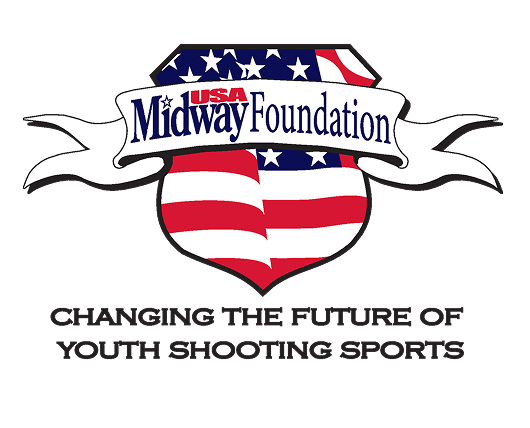Clay Target Sports for Everyone – Benefits of Shotgun Competitions at Any Age
In shotgun sports, age is truly just a number. It’s common to see a teenager and a retiree shooting side by side at the trap or skeet range, each enjoying the challenge of hitting clay targets. The inclusive nature of sports like trap, skeet, and sporting clays means they offer benefits for participants of all ages. Whether you’re a young shooter developing life skills or an older shooter staying active and sharp, shotgun competitions provide a wealth of advantages beyond just the thrill of breaking clays.
Physical and Mental Benefits
Shotgun shooting is a dynamic activity that engages both body and mind. Physically, it helps improve core strength, balance, and hand-eye coordination. Shouldering a shotgun and swinging with a target works the upper body and core muscles in a low-impact way, which is particularly great for adults who want to stay active without heavy strain on joints. Mentally, the sport enhances concentration and quick decision-making. Shooters of all ages must focus intensely on a target, often a fast-moving one, and this trains the brain to tune out distractions. Many shooters report that rounds of trap or skeet have a meditative effect – you’re so focused on the present moment and the next target that everyday worries temporarily fade.
Life Skills and Sportsmanship
For young participants, shotgun sports can be a superb teacher of life skills. Handling firearms safely instills responsibility and respect. Youth shooters learn to follow range rules, listen to coaches, and maintain their equipment conscientiously. These habits translate into general discipline and attention to detail in other areas of life, like school or chores. Older shooters, on the other hand, often step naturally into mentorship roles, demonstrating patience and leadership when guiding newcomers. Across all ages, competitions emphasize sportsmanship. It’s not unusual to see competitors congratulating each other on a good round or offering tips. This culture of respect and camaraderie fosters character development – you learn to win graciously and handle losses with a positive attitude.
Family and Community Bonding
One of the unique joys of shotgun sports is that it can be a multi-generational activity. Families often shoot together – for instance, a parent may compete on the same squad as their son or daughter in a local skeet tournament. This shared experience strengthens family bonds, as each member encourages the other. Similarly, many communities form tight-knit groups around local shooting clubs. Weekend shoots and leagues become social events where friendships form. It’s quite common for someone to start shooting as a teenager on a school team, then continue through adulthood in community leagues, maintaining those friendships over decades. The sense of belonging and community support is a huge benefit, providing social interaction that keeps people engaged and coming back year after year.
Competitive Drive at Any Age
Shotgun sports offer a competitive outlet that can be dialed up or down based on one’s desire and ability. Young hotshots might chase trophies, college scholarships, or even Olympic dreams in disciplines like international trap or skeet. Meanwhile, older shooters might use competition as motivation to keep improving or simply as a fun way to measure themselves. Because categories in competitions are often divided by age or experience level, everyone gets a fair shake. A novice senior shooter can compete against peers in a veterans class, for example, finding competition both fair and enjoyable. The data-driven training available today (including tools like ShotTracker for those who use them) means that even if someone picks up the sport later in life, they have resources to progress quickly and set personal bests. That continual pursuit of improvement keeps the competitive drive alive, whether you’re 15 or 65.
Accessible and Adaptable
Another benefit is how adaptable shotgun sports are to different ages and abilities. There are modified equipment options – lighter recoil shotguns or smaller-gauge guns – that suit younger or smaller-framed shooters, as well as older shooters who prefer less kick. Many clubs have adjustable target throwers to make targets easier or harder. This means a beginner youth can start with slower, closer targets to build confidence, and an expert adult can challenge themselves with more distance or angle. The availability of modern training aids like apps and the ShotTracker device also makes the sport more accessible to new shooters of any age; clear feedback shortens the learning curve. Crucially, everyone competes on the same field with appropriate adjustments, creating an environment where age differences matter little once the shooting starts.
Conclusion
Shotgun sports provide lifelong benefits – physically, mentally, and socially. Young shooters gain confidence, discipline, and a supportive peer group. Older shooters enjoy sustained mental sharpness, physical activity, and the joy of competition well into their golden years. All ages reap the camaraderie and community that come with being part of the clay target shooting world. In a shotgun competition, the teenager and the grandfather can both celebrate each other’s successes and swap stories after the round. That inclusivity and mutual respect are perhaps the greatest benefits of all, making shotgun sports a pursuit where everyone is welcome and everyone stands to gain.




